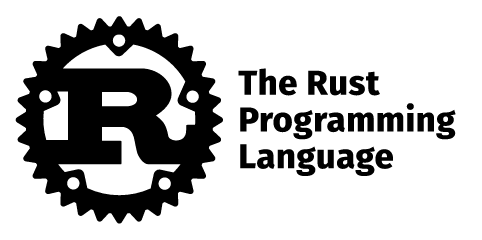92 breaking releases
Uses new Rust 2024
| new 0.111.0 | May 4, 2025 |
|---|---|
| 0.109.0 | Apr 20, 2025 |
| 0.104.0 | Mar 30, 2025 |
| 0.88.0 | Dec 29, 2024 |
| 0.20.0 | Nov 21, 2023 |
#57 in FFI
40,951 downloads per month
Used in 24 crates
(3 directly)
320KB
6.5K
SLoC
This is the main source code repository for Rust. It contains the compiler, standard library, and documentation.
Why Rust?
-
Performance: Fast and memory-efficient, suitable for critical services, embedded devices, and easily integrated with other languages.
-
Reliability: Our rich type system and ownership model ensure memory and thread safety, reducing bugs at compile-time.
-
Productivity: Comprehensive documentation, a compiler committed to providing great diagnostics, and advanced tooling including package manager and build tool (Cargo), auto-formatter (rustfmt), linter (Clippy) and editor support (rust-analyzer).
Quick Start
Read "Installation" from The Book.
Installing from Source
If you really want to install from source (though this is not recommended), see INSTALL.md.
Getting Help
See https://www.rust-lang.org/community for a list of chat platforms and forums.
Contributing
See CONTRIBUTING.md.
License
Rust is primarily distributed under the terms of both the MIT license and the Apache License (Version 2.0), with portions covered by various BSD-like licenses.
See LICENSE-APACHE, LICENSE-MIT, and COPYRIGHT for details.
Trademark
The Rust Foundation owns and protects the Rust and Cargo trademarks and logos (the "Rust Trademarks").
If you want to use these names or brands, please read the Rust language trademark policy.
Third-party logos may be subject to third-party copyrights and trademarks. See Licenses for details.
Dependencies
~0.7–1.4MB
~27K SLoC
